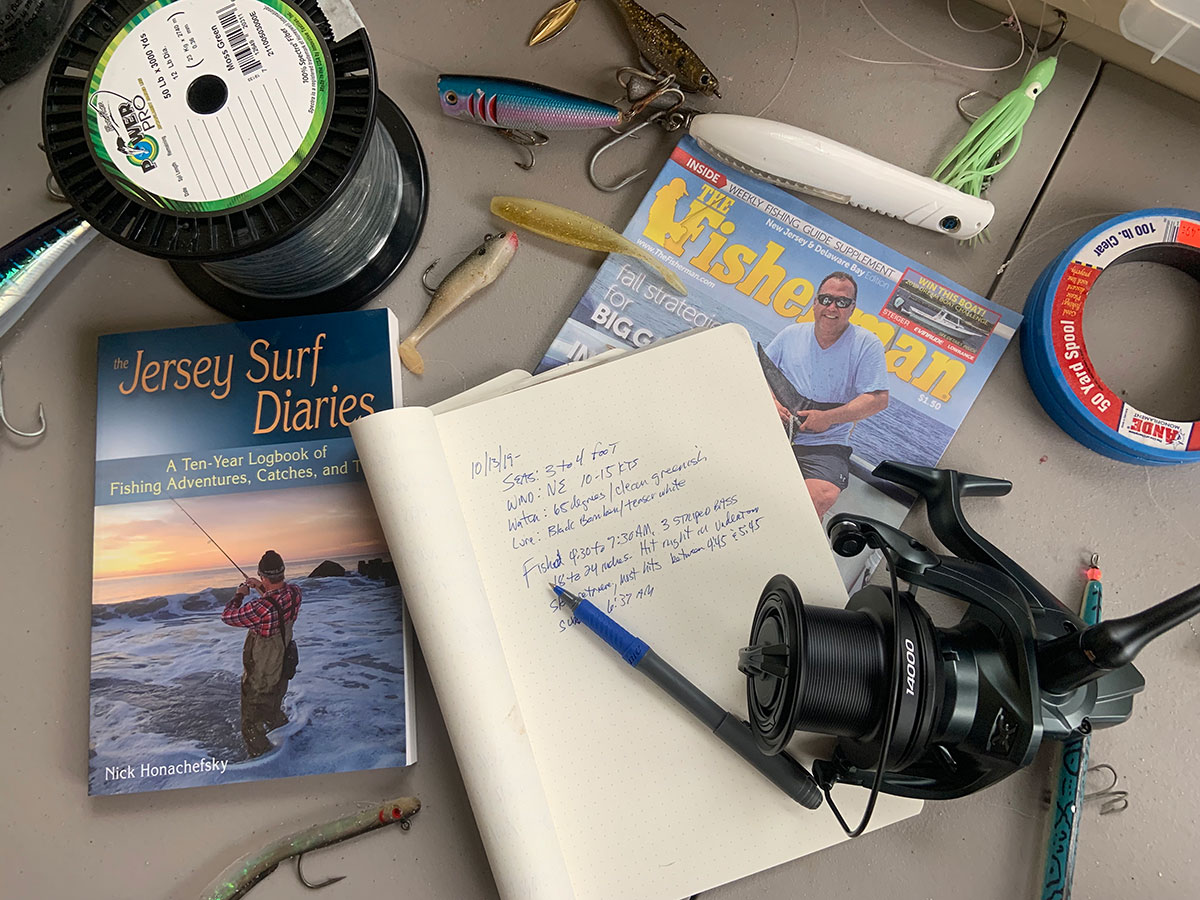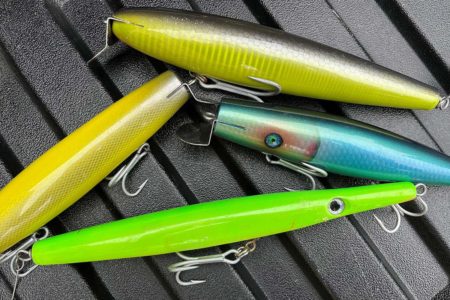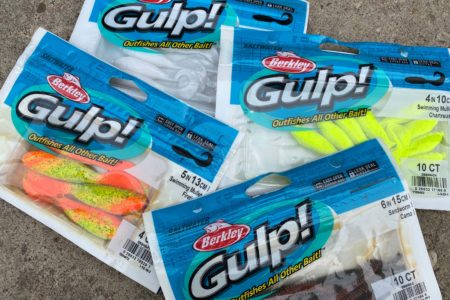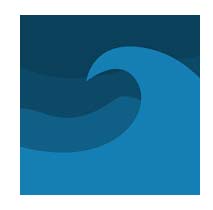
Possibly the most important tool in a fisherman’s quiver isn’t a certain lure, rod or reel, but information. Real information that you can use day after day, year after year. There is no better teacher than experience and no better experience to rely on than the data you collect and chart every time you go fishing. A log book is a Rosetta stone, a tablet of tools to utilize and predict when and where a bite will be and what the best offerings are.
Timing and Tides
Certain aspects should always be included in you log book to study not only the days you had success, but what conditions and times when you didn’t have any luck. Start with the obvious date and time you fished. Of paramount importance are what tides you are fishing. Are they high, low, slack, outgoing, incoming? Note the moon phase as well. Did you fish on a full or new moon, how many days before or after? Be super cognizant of the barometer such as when a low pressure system drops and the fish go on the chew.
Wind and Water
Always be aware of the conditions of wind and waves. Note the knots and what direction the wind is coming from i.e Northeast 15 to 20 knots, gusts to 30. How big were the seas? And what about the water clarity? Is it clear, greenish, or dirty chocolate milk? Wave and wind direction and action have a stark effect on how fish bite or shut down.
Temperatures
Pay attention to both air and water temperature. “Today the water temp is 63 degrees and yesterday it was 68.” Did it shut the bite off or spark it? What did the air temperature do overnight? Was it sunny and 65 degrees out yesterday and today was overcast and rainy at 54 degrees and the bite went off? You’ll find when fish enter waters and when they exit the area on certain degree swings. For instance, most bass I find bite between the 56 and 63 degree range or when a low pressure system drops the air temperatures overnight.
Lures or Bait
Of course, writing down what lures are working or not helps immensely when setting a gameplan. Note every lure selection and color pattern you throw out, scribbling down what worked, and more importantly, what didn’t. Were fish keyed in on the plug or the teaser? Was smaller stuff getting hit or larger offerings? Note how fast or slow your retrieve was, paying attention if the fish turned on or off at any given time of day. What were the conditions when the bite switched on or off? Is there a baitfish presence in the water? Are whales or dolphins around and actively feeding? Instead of simply picking out a lure, color or shape, you’ll now be loaded with intelligence to make the right selection to start with.
Everyone will have their own system to write their log books. I generally just type down an ongoing stream of consciousness when I get back from a fishing excursion, but there are more refined and modified template forms you can simply plug the info into. It may seem like a little OCD going overboard charting all these little nuances, but make no mistake, when you cobble all the details together, you will be able to decipher patterns in the fishing season.
It’s uncanny how easy it is to predict the future when you compile a regular fishing log, by boat or by beach; and no, it’s never too late to start one either!





